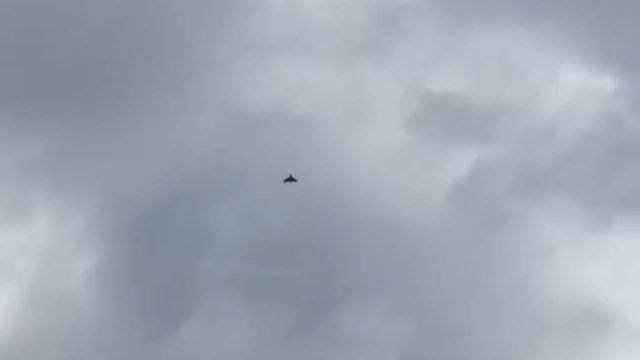Russia increases number of drones launched on Ukraine, but Ukrainian electronic warfare more effective in countering them – ISW

Russia's increased domestic production of Shahed-type drones has allowed Russia to increase the number of drones it is using in strike packages launched at Ukraine, but Ukrainian electronic warfare (EW) innovations are enabling Ukrainian forces to more effectively respond to Russian strike packages, according to the American Institute for the Study of War (ISW).
“It has become more common for Russian forces to launch between 80 to 100 (or more) Shahed and decoy drones as part of their larger strike packages … Russian forces most likely use large numbers of Shahed-type drones and decoy drones to detect and overwhelm Ukrainian air defense and mobile fire groups; Russian forces most frequently launch Shaheds alongside more limited numbers of cruise and ballistic missiles,” the message reads.
At the same time, analysts note that Ukraine is responding to this influx of Shahed drones in the same way. “The number of Shahed or decoy drones that are reportedly ‘lost’ (do not reach their intended targets) due to Ukrainian electronic warfare (EW) interference increased significantly over the course of October and November 2024,” the ISW notes.
The review notes that Ukrainian EW interference is significantly impacting the performance of these Russian strike packages and notably adding an increased burden on the joint Russian-Belarusian air defense umbrella. “Thirty-eight Russian Shahed drones entered Belarusian airspace on November 24 and 25 – a record number of Russian drones violating Belarusian airspace. Belarus scrambled jets to respond to the airspace violation—suggesting that Belarus was unprepared to receive errant Russian drones and that Russia had not anticipated the impacts of Ukrainian interference or communicated them to Belarus in advance,” the message reads.










